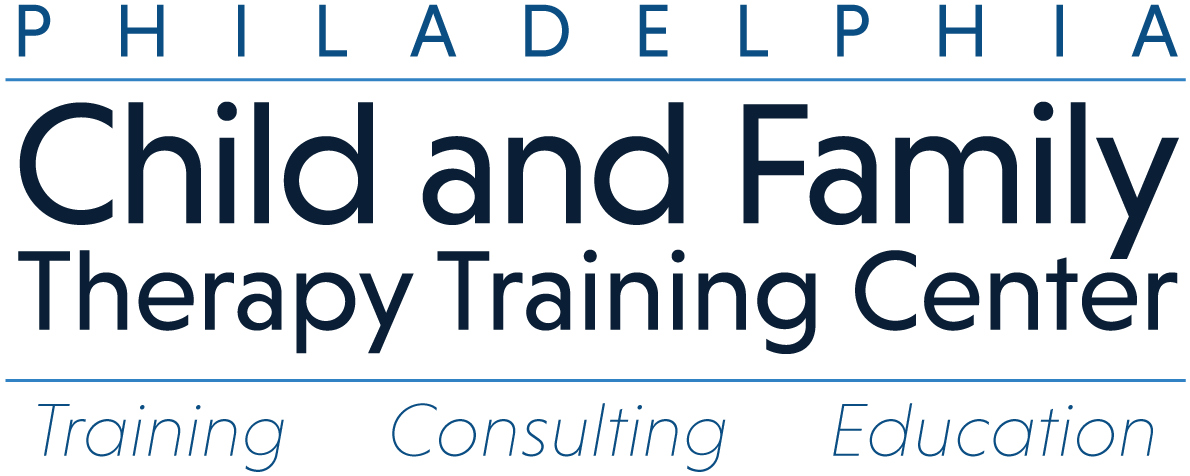
Every family has a story, a rhythm, and a set of traditions that make them unique. For one particular family, that story centered around a simple yet profound ritual—a homemade chocolate cake. Every time the family gathered, regardless of how busy or far apart they were, the chocolate cake made its appearance. It wasn’t just a dessert; it was a symbol of their bond, their shared history, and the love that held them together. It was a constant amid life’s changes, representing connection and comfort.
In systemic family therapy, understanding these cultural touchstones—the “chocolate cakes” of a family’s life—is vital. Family culture encompasses the traditions, rituals, and values that shape how family members interact, communicate, and navigate challenges. These elements provide a lens through which therapists can understand a family’s dynamics and identify opportunities for growth and healing.
When families seek therapy, they often focus on the fractures: conflicts, communication breakdowns, or behavioral concerns. However, systemic family therapists know that the solutions often lie in the strengths and traditions already embedded within the family. By exploring and honoring these cultural elements, therapists can help families reconnect with their roots and rebuild their connections.
For instance, a therapist might ask:
- What are your family’s cherished traditions or rituals?
- Are there symbols or objects that hold special meaning within your family?
- How do these traditions reflect your family’s values and strengths?
In the case of the chocolate cake, a therapist might explore how the ritual of baking and sharing the cake brought the family together. Did it encourage communication? Was it a way of celebrating milestones or offering comfort during difficult times? Understanding the deeper meaning behind such rituals can provide valuable insights into a family’s dynamics and areas of resilience.
As therapists, our role is to help families rediscover these cultural anchors and use them as a foundation for healing. By tapping into their existing strengths, we can guide them toward creating new traditions and fostering deeper connections.
So, the next time you sit with a family, ask yourself: What’s their “chocolate cake”? By identifying and celebrating these cultural elements, you’re not just addressing problems—you’re helping families reconnect with the heart of who they are.
